Eye health
Everything you need to know about diabetic retinopathy
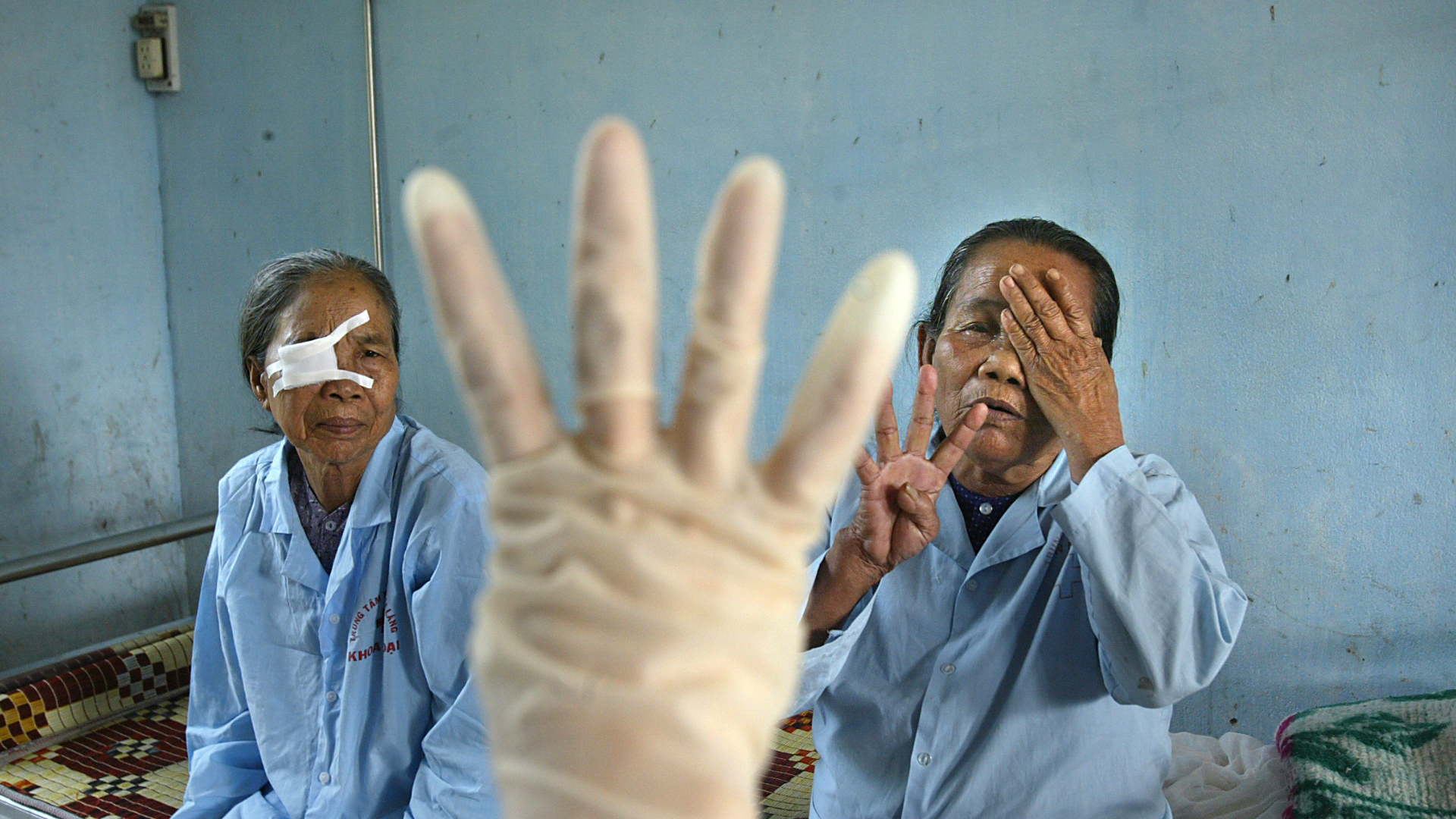
According to the International Diabetes Federation, diabetic retinopathy is the world’s leading cause of blindness in the working age population. That’s why it’s important to stay informed about diabetic retinopathy and its potential risks. Understanding the condition empowers you to take proactive steps to protect your vision through early interventions and treatment.
In a hurry?
Click on the link below to go straight to what you’re most interested in:
What is diabetic retionopathy?
Diabetic retinopathy is a complication of diabetes that affects the back of the eye. When someone has persistent high and varying blood sugar levels, the blood vessels in the retina can become irreversibly damaged. This can lead to loss of vision and, eventually, blindness.
Diabetic retinopathy commonly occurs in both eyes and most often starts with no visual symptoms. In the early stages, the walls of the blood vessels in the retina weaken. This can cause fluid and blood to leak into the eye (called the non-proliferative stage), which sometimes results in blurred vision. It can progress, with fragile new blood vessels growing within the retina (the proliferative stage), which can rupture easily and bleed. This can cause a catastrophic and sudden drop in vision.
If left untreated, scar tissue stimulated by the growth of new blood vessels can cause the retina to detach from the back of the eye. This can be very serious because even if treated promptly through highly specialised and expensive surgery, vision may never be completely restored in the affected eye.
Diabetic retinopathy commonly occurs in both eyes and most often starts with no visual symptoms. In the early stages, the walls of the blood vessels in the retina weaken. This can cause fluid and blood to leak into the eye (called the non-proliferative stage), which sometimes results in blurred vision. It can progress, with fragile new blood vessels growing within the retina (the proliferative stage), which can rupture easily and bleed. This can cause a catastrophic and sudden drop in vision.
If left untreated, scar tissue stimulated by the growth of new blood vessels can cause the retina to detach from the back of the eye. This can be very serious because even if treated promptly through highly specialised and expensive surgery, vision may never be completely restored in the affected eye.
Who does diabetic retinopathy affect?
Anyone with diabetes is at risk of developing diabetic retinopathy. While it may seem like eye diseases don’t discriminate, avoidable blindness certainly does. Diabetic retinopathy will affect people living in poverty the most – already, almost 80% of people with diabetes live in low and middle-income countries.
Across the world, changes to diet and lifestyle contribute to the increasing number of people who develop Type 2 diabetes and its complications. It is estimated that by 2040 the number of people with diabetes will increase to 642 million. Almost 50% of people who have diabetes are ‘undiagnosed’; that is, they don’t know they have the disease.
Across the world, changes to diet and lifestyle contribute to the increasing number of people who develop Type 2 diabetes and its complications. It is estimated that by 2040 the number of people with diabetes will increase to 642 million. Almost 50% of people who have diabetes are ‘undiagnosed’; that is, they don’t know they have the disease.
This is extremely worrying, especially in developing countries where the percentage is likely to be higher, and there’s already limited access to quality health and eye care. Vision loss from diabetic retinopathy will put a huge strain on already stretched and under-resourced health systems of developing countries.
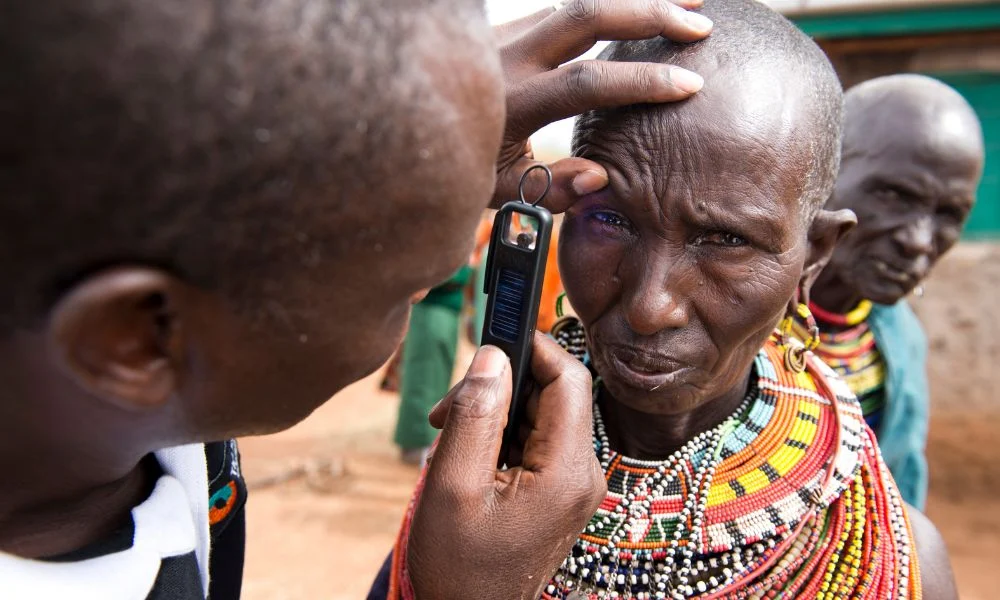
Photo credit: The Fred Hollows Foundation
How can diabetic retinopathy be treated?
People with diabetes should have a detailed eye examination at the time their diabetes is diagnosed.
This should be followed by regular eye exams and treatment when required. Early detection of diabetic retinopathy is the most important and cost-effective way to enable effective and timely treatment of the disease and prevent blindness.
LASER is the most common treatment for diabetic retinopathy, and here at The Fred Hollows Foundation, we facilitate access to LASER (by providing both equipment and training) in countries where we work.
LASER stops leaking blood vessels and reduces new vessel growth, helping prevent vision loss by preventing the progression to severe stages and sight threatening conditions. Regular follow up and multiple episodes of treatments are usually needed. However, if diabetic retinopathy is advanced, laser treatment may not help, and the disease will continue progressing. Surgery can correct structural damage, but once lost, visual function can’t often be restored. That’s why early detection is critical.
This should be followed by regular eye exams and treatment when required. Early detection of diabetic retinopathy is the most important and cost-effective way to enable effective and timely treatment of the disease and prevent blindness.
LASER is the most common treatment for diabetic retinopathy, and here at The Fred Hollows Foundation, we facilitate access to LASER (by providing both equipment and training) in countries where we work.
LASER stops leaking blood vessels and reduces new vessel growth, helping prevent vision loss by preventing the progression to severe stages and sight threatening conditions. Regular follow up and multiple episodes of treatments are usually needed. However, if diabetic retinopathy is advanced, laser treatment may not help, and the disease will continue progressing. Surgery can correct structural damage, but once lost, visual function can’t often be restored. That’s why early detection is critical.
Even though diabetic retinopathy can cause blindness, 9 out of 10 people who are blind don’t have to be.
Routine eye examinations are crucial for detecting diabetic retinopathy in its early stages. Diabetic individuals should undergo comprehensive eye examinations at least once a year. These exams can help detect early signs of retinal damage or other complications, allowing for timely and appropriate intervention and treatment.
High blood pressure and cholesterol levels can exacerbate the damage caused by diabetes on blood vessels, including those in the eyes. Adopting a healthy lifestyle can help manage blood pressure and cholesterol levels, reducing the risk of diabetic retinopathy and other diabetes-related complications.
Routine eye examinations are crucial for detecting diabetic retinopathy in its early stages. Diabetic individuals should undergo comprehensive eye examinations at least once a year. These exams can help detect early signs of retinal damage or other complications, allowing for timely and appropriate intervention and treatment.
High blood pressure and cholesterol levels can exacerbate the damage caused by diabetes on blood vessels, including those in the eyes. Adopting a healthy lifestyle can help manage blood pressure and cholesterol levels, reducing the risk of diabetic retinopathy and other diabetes-related complications.
The cornerstone of diabetic retinopathy prevention is managing your blood sugar levels effectively. Consistently high blood sugar levels strain the blood vessels in your eyes, leading to damage over time. By keeping your blood sugar within target ranges, you can significantly reduce the risk of diabetic retinopathy.
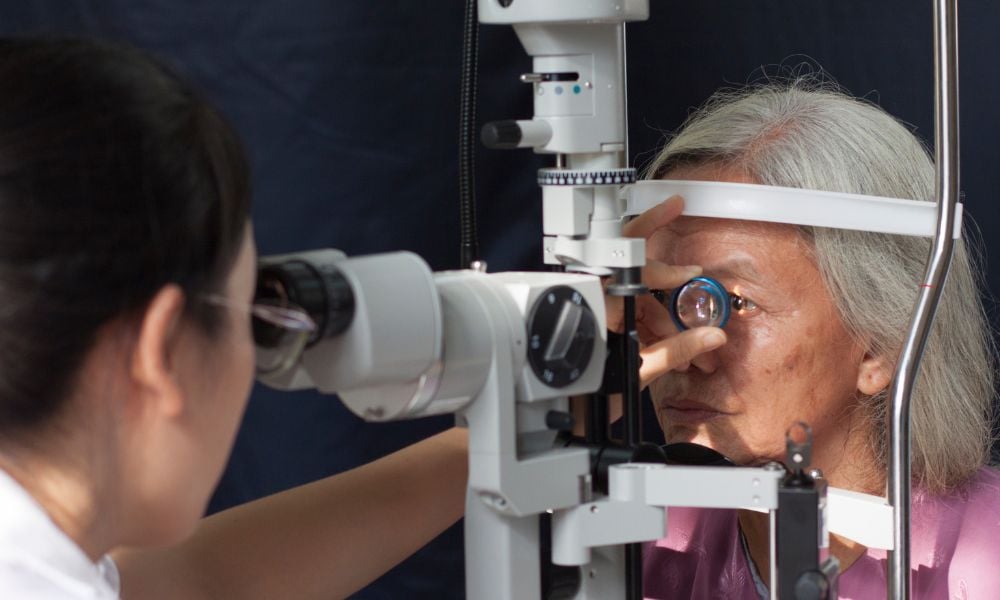 Photo credit: The Fred Hollows Foundation
Photo credit: The Fred Hollows Foundation
COVER PHOTO CREDIT: The Fred Hollows Foundation
Disclaimer: The content on this page is not intended to be medical advice. For specific medical advice, please contact your health professional.
Meet the author
Related articles
View these articles
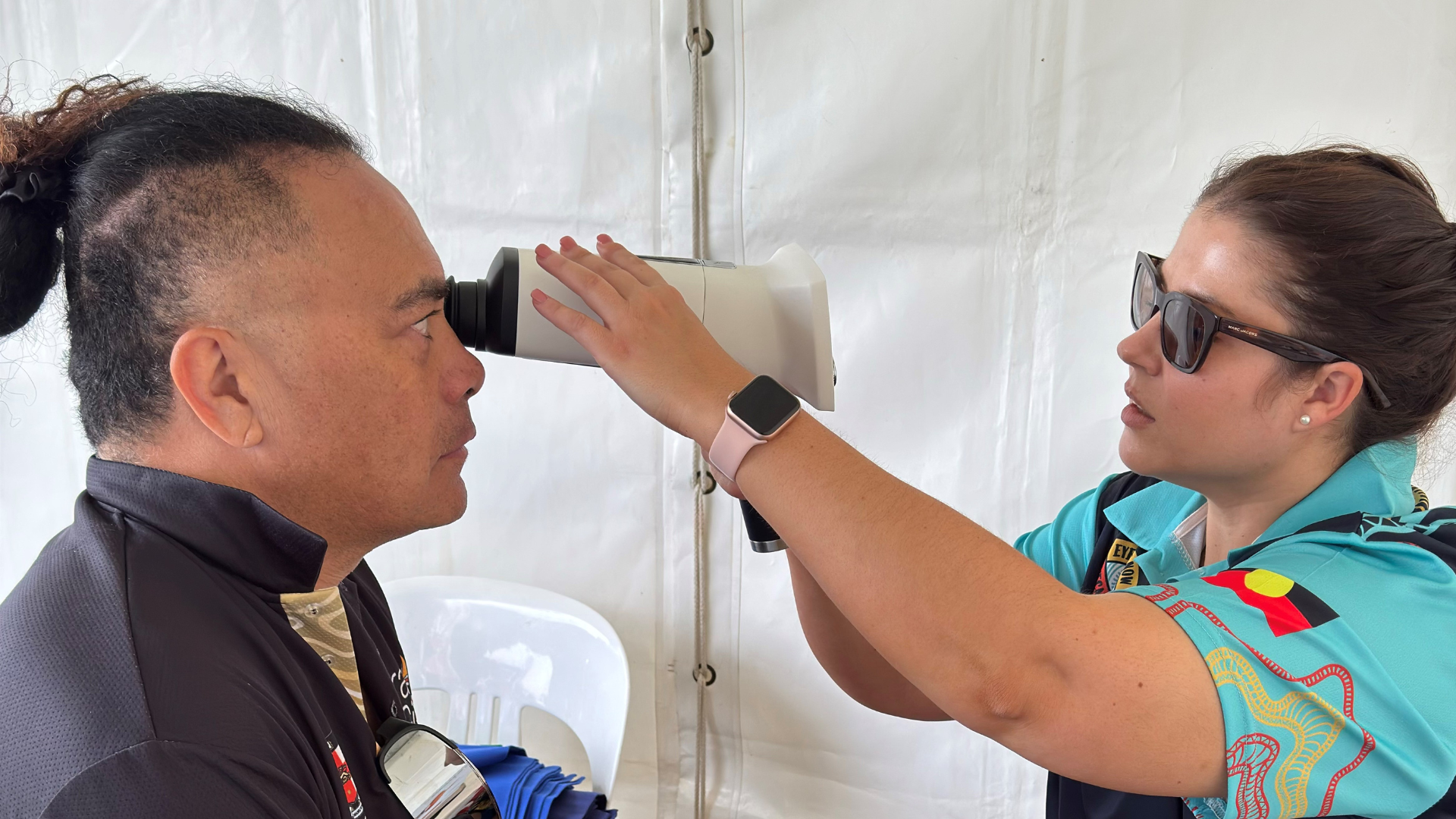
Koori Knockout raises eye health awareness among thousands on World Sight Day
World Sight Day shines a spotlight on the importance of eye care, especially for young people. This year, the Koori Knockout in Bathurst, NSW — one of the largest annual gatherings of Indigenous peoples in the southern hemisphere — served as an ideal platform for raising awareness about eye health.
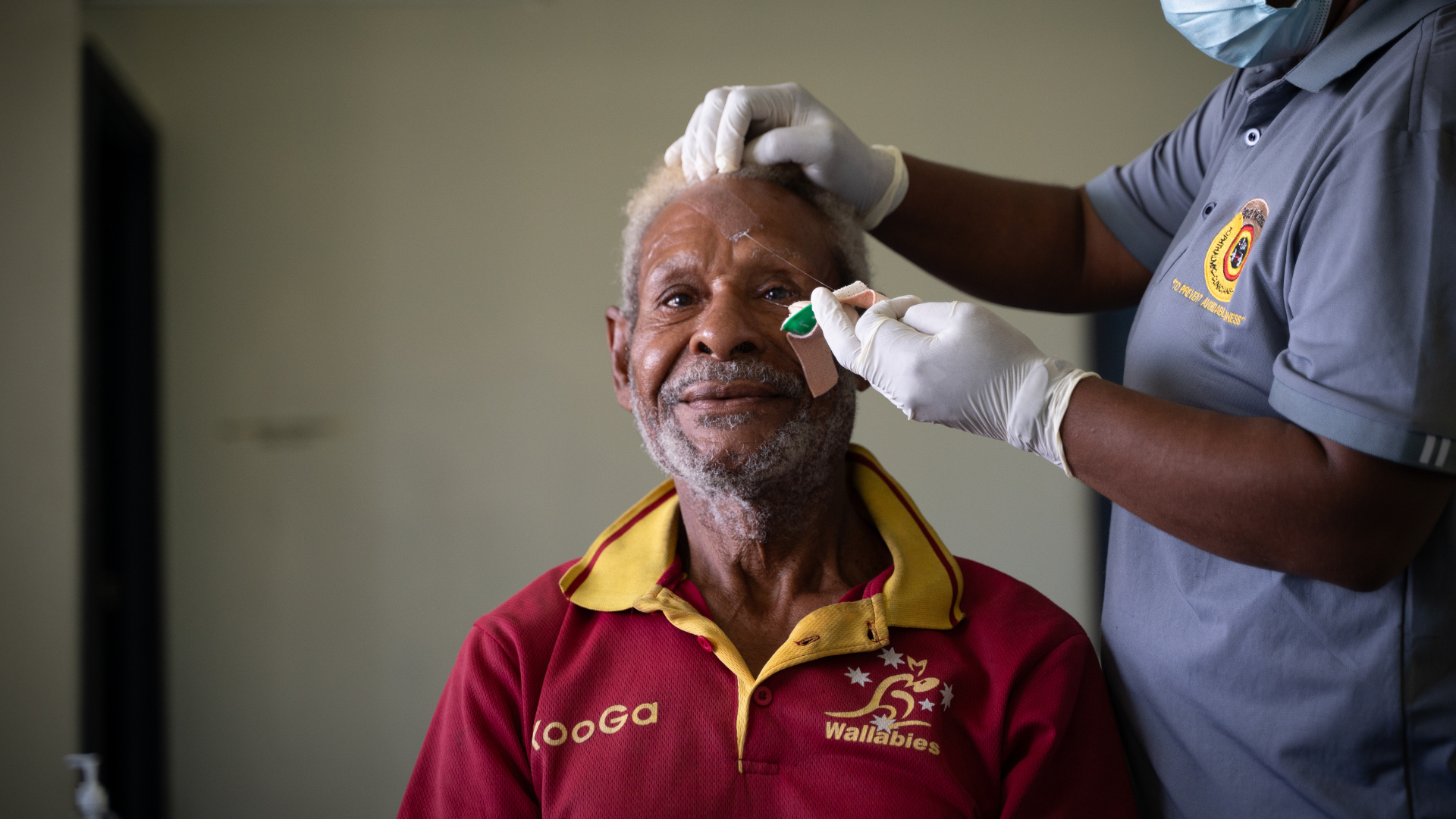
Eyes on the Future: Australian and New Zealand Governments Invest in Centre for Eye Health in Papua New Guinea
The Governments of Papua New Guinea, Australia and New Zealand have partnered with one of the region’s most iconic and trusted NGOs, The Fred Hollows Foundation, by investing in a new Centre for Eye Health in Papua New Guinea’s capital Port Moresby.
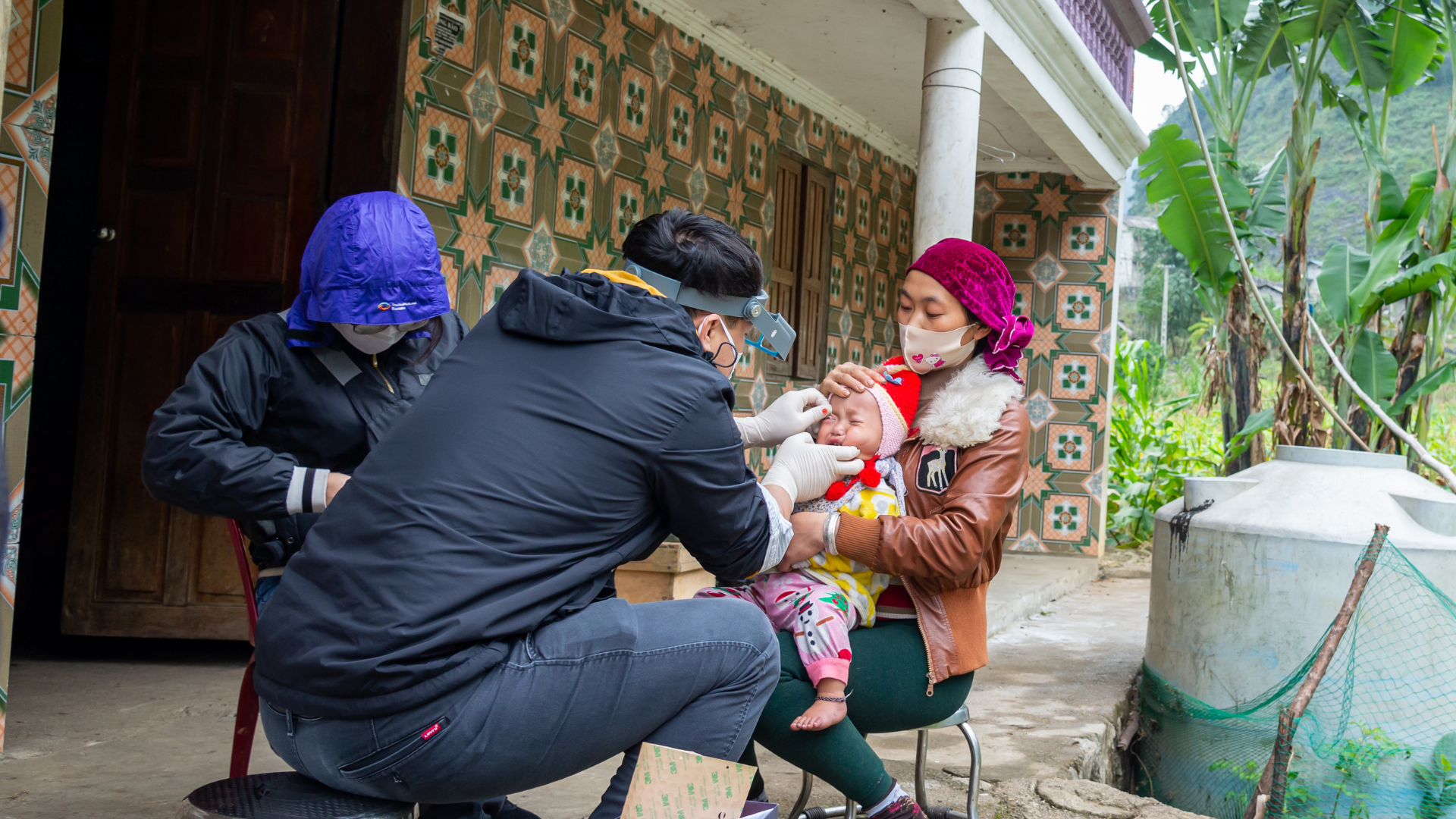
Eye disease trachoma eliminated in Vietnam
The Fred Hollows Foundation has welcomed the World Health Organization’s (WHO) validation that Vietnam has eliminated the eye disease trachoma as a public health problem.
